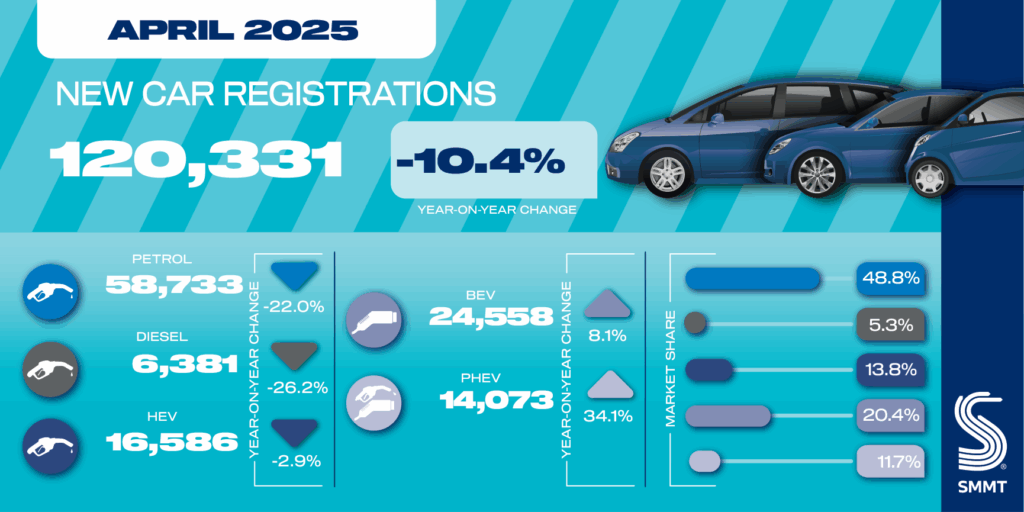How to Track Driver Performance Without Micromanaging
Managers walk a fine line between tracking performance and stepping on toes. The post How to Track Driver Performance Without Micromanaging appeared first on FreightWaves.

There’s a fine line between leadership and control, and when you’re running a trucking company—whether you’ve got 1 driver or 15—you’re walking that tightrope every day.
Because your gut tells you: “I need to know what my drivers are doing.”
But your instinct also knows: “If I’m in their ear every hour, they’re going to bounce.”
That’s the tension every carrier faces.
You want performance.
You want safety.
You want efficiency.
But you don’t want to be a micromanager.
So how do you do both?
How do you build a high-performance driving culture without turning into the overbearing boss nobody wants to work for?
Let me break this down in a way that every fleet—small or scaling—can understand.
First, Let’s Redefine What Leadership Looks Like in Trucking
We’re not in the “command and control” era anymore.
Old-school trucking told you:
- “Check on them constantly.”
- “If you’re not riding ‘em, they’ll slack off.”
- “You’ve got to run your fleet with an iron fist.”
Nah. That’s management.
Leadership is different.
Leadership is about building clarity, expectation, and accountability—so you don’t have to hover. So your drivers own their role.
As The 12 Week Year puts it:
“Accountability is not consequences. It’s ownership. It’s the personal choice to rise above one’s circumstances and demonstrate the ownership necessary for achieving desired results.”
That’s what we’re building here.
And it starts with structure.
Step 1: Define What Performance Actually Means
Let me be blunt—most carriers don’t know what they’re tracking.
They say “good driver” or “bad driver” based on:
- Gut feeling
- Whether the truck was clean
- Or how many calls came in about them
But real business owners track behavior. Data. Patterns.
Here are five categories you need to lock in when tracking driver performance:
- Safety Behavior
- Service/On-Time Delivery
- Fuel Efficiency
- Communication/Responsiveness
- Compliance (Logs, Inspections, Pre-trips)
If you’re not tracking these, you’re leading in the dark.
Step 2: Use ELD Safety Scoring the Right Way
Your ELD provider isn’t just for HOS tracking and logs. It’s a leadership tool—if you know how to use it.
Here’s how you turn ELD data into a real-time coaching system:
A. Harsh Events Reporting
Track:
- Harsh braking
- Hard acceleration
- Sharp turns
- Speeding over threshold
This tells you how a driver is handling your asset.
If they’re driving aggressively, that’s wear and tear on your equipment and a liability to your insurance.
B. Hours of Service Utilization
Good drivers manage their clock.
They don’t burn hours sitting at the shipper because they didn’t plan their route.
Compare how many available drive hours were actually used. Look at wasted potential.
C. Inspection Violations & DVIR Logs
This is about discipline.
A driver who logs incomplete inspections or skips reports is telling you—without saying it—“I don’t really care about your truck.”
Catch that early.
D. Real-Time GPS Events
Where are they idling?
How long are they stopped?
Are they making unnecessary detours?
You’re not stalking. You’re coaching.
We use ELD systems like Motive, Samsara, and Geotab to automate this data into weekly driver scorecards. One dashboard. No guesswork.
Action step: Set your ELD dashboard to send a summary report to your inbox every Friday morning. Build that into your rhythm.
Step 3: Share Performance Metrics Weekly (Without Blame)
The biggest mistake fleet owners make?
They wait until something goes wrong to bring up performance.
That’s micromanagement. That’s reactive. That’s emotional.
Instead, use what I call the Weekly Performance Rhythm.
Here’s what it looks like:
- Every Monday, you send a report to each driver that includes:
- Safety score
- Idle percentage
- MPG for the week
- On-time delivery rate
- Any compliance flags
- Safety score
You also include a brief note:
“No violations this week. Good job on fuel control—6.8 MPG average. Let’s work on reducing idle time during layovers. Your idle time this week was 17%—target is under 10%. Appreciate your professionalism.”
Simple. Respectful. Effective.
When you create consistent feedback loops, drivers know you’re paying attention—but not hovering. That’s called structured leadership.
Step 4: Create a Driver Scorecard System
I teach this inside the Playbook Masterclass and carriers love it because it finally gives them a system to measure what matters.
Here’s how to build one:
Metric Target Driver Score (Week) On-Time Delivery 95% 96% MPG 6.5+ 6.8 Idle Time <10% 12% Safety Violations 0 0 Communication Rating 5/5 5
You can score it weekly, average it monthly, and even offer a bonus plan tied to performance—not just miles.
Drivers start competing with themselves. You’re not breathing down their necks. You’re building a culture of accountability.
Remember what The 12 Week Year says:
“Measurement brings clarity and urgency to execution. It drives results.”
Step 5: Conduct 1-on-1 Check-Ins (Not Interrogations)
Every 4 weeks, schedule a 15-minute check-in with your drivers.
Not to criticize. Not to lecture. But to lead.
Ask them:
- What’s working well on the road?
- Where are you running into issues?
- What support do you need from dispatch or operations?
- What do you want to earn this quarter?
Then review their performance data together. Make it a conversation.
Your tone matters. Your posture matters. The moment it feels like a punishment, you’ve lost them.
You’re not policing.
You’re investing in their growth.
Step 6: Use Recognition as a Tool
The trucking industry runs on correction.
We point out what drivers are doing wrong. But rarely celebrate what they’re doing right.
That’s a culture problem.
And the carriers who retain good drivers the longest are the ones who make recognition part of the process.
Try this:
- Send out a simple group text or dispatch message each Friday highlighting a top driver performance
- Shout out MPG improvement, no violations, or great customer feedback
- Keep it public, positive, and real
That 30-second message might be the thing that keeps a driver from answering the next recruiter’s call.
Step 7: Coach Before You Correct
Every now and then, you’ll get a driver who’s underperforming.
Before you write them off, ask:
- Have they been coached?
- Do they know what’s expected?
- Have I given them the tools to succeed?
Correction without prior coaching feels like a blindside.
As The 12 Week Year says:
“When performance is measured, performance improves. When performance is measured and reported, the rate of improvement accelerates.”
Give your drivers a chance to course-correct before you penalize.
You might be surprised how often a conversation beats a confrontation.
Final Word
If you’re building a real trucking company—not just owning trucks—you have to lead with data, not drama.
Tracking driver performance isn’t micromanaging when:
- You’ve set clear expectations
- You use tools like ELDs and scorecards
- You communicate consistently
- You reward growth
- You coach before you criticize
This isn’t about control. It’s about culture.
Inside the Playbook Masterclass, we teach small fleet owners how to build performance systems that scale—from 1 truck to 15 and beyond.
Because your drivers are either lifting your company or dragging it down.
You can’t afford to guess which one it is.
You ready to lead without losing your people?
Then build the system, not the stress.
The post How to Track Driver Performance Without Micromanaging appeared first on FreightWaves.
























































































































































